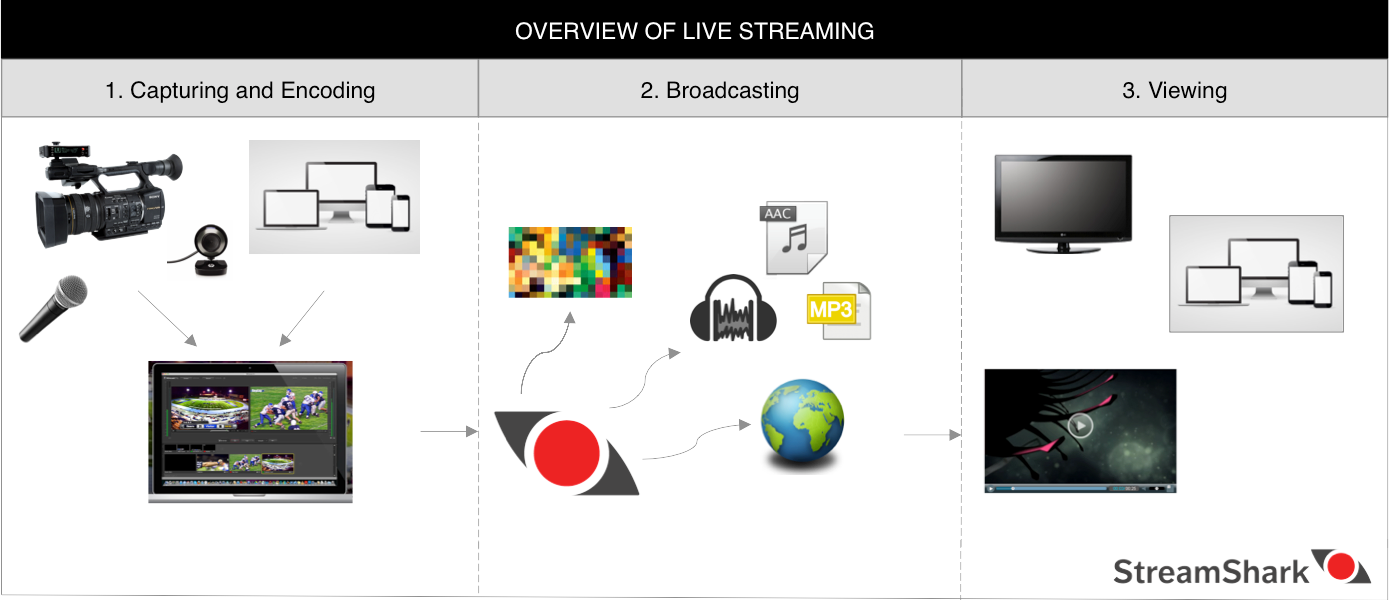
Live Streaming Basics for the Newbie
This post is a part of our educational series for those new to streaming.
I’ve just joined the brilliant team at StreamShark to lead business development activities. Having a technical background and a passion for technology products, I was eager to use our platform and also try out other video streaming products. Thinking live streaming would be a no-brainer, I attempted to broadcast a live stream using apps (Periscope, Broadcast Me), production platforms (Wirecast, vMix, OBS, FMLE) and the StreamShark streaming service.
Live streaming Apps and Production Platforms
Periscope was super easy to use for live streaming and suits people who are doing it for fun or in instances when quality or security are not important. As soon as I started trialling the other more sophisticated video streaming products, I realised at least a high level understanding of video streaming is essential.
Production platforms used in conjunction with the StreamShark streaming service are suitable for professional use such as by hobbyists, businesses, video professionals and production houses. These platforms offer higher quality, security and greater control over media content. My difficulty with these platforms was that being completely new to video streaming, I just didn’t understand the various settings and options that I had to select. I wondered whether there were more people who were new to live streaming and facing similar challenges. My Google searches only added to the confusion due to a mind-boggling choice of video streaming apps, online platforms and information websites.
Now that I’ve run successful streams for live video, I want to share what I’ve learnt so you too can stream video with full confidence that you know exactly what you are doing and what outcome you’ll get. By the time you finish reading this post, you’ll fully understand the basics of live streaming. Let’s get started with gaining an overview of Live Streaming.
Overview of Live Streaming

As shown in the image above, I see the live streaming process as having three key phases:
1. Capturing and Encoding
A production platform in the form of installed software, web app or phone app enables capture of video and/or audio from recording devices. The input video and audio are edited in real-time prior to being processed for streaming. The video is then encoded into a final video file. Examples of production platforms include Telestream Wirecast, Open Broadcaster Software, vMix and Flash Media Live Encoder.
2. Broadcasting
Broadcasting live streams involves converting the video into multiple display qualities for adaptive streaming (explained later in the post), selecting options for audio quality and optimising streams for mobile devices. The StreamShark platform also allows customisation of the video player template to meet branding requirements (white-labelling), selection of regions for distribution, secure access to content and generates links and embed code for viewing and sharing of the live stream. With delivery, StreamShark ensures lowest latency and near zero buffering.
3. Viewing
The video is displayed within a Video Player library on devices such as TVs, laptops, desktops, smartphones and tablets. A few commonly available video players include Flowplayer, VideoJS and JW Player.
If you’re interested in learning more about the above points you can check out this great video.
Your First Live Stream
I hope this post has helped you understand what’s involved in live streaming. If you wish to get started with live streaming, you can sign up for a free trial with StreamShark. You can also upload videos for streaming at a later time or make them accessible to your viewers at any time. Check out Video on Demand Basics for the Newbie to learn more.
Fundamental Concepts of Live Streaming
If you have a few more minutes, I recommend understanding the fundamental concepts underlying live streaming that I have covered in the following posts:
